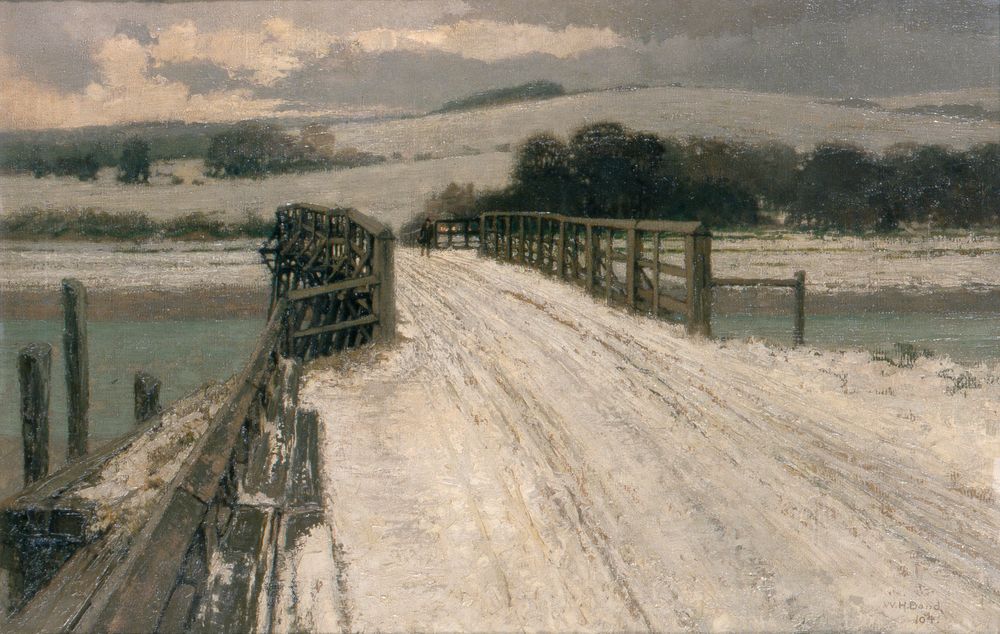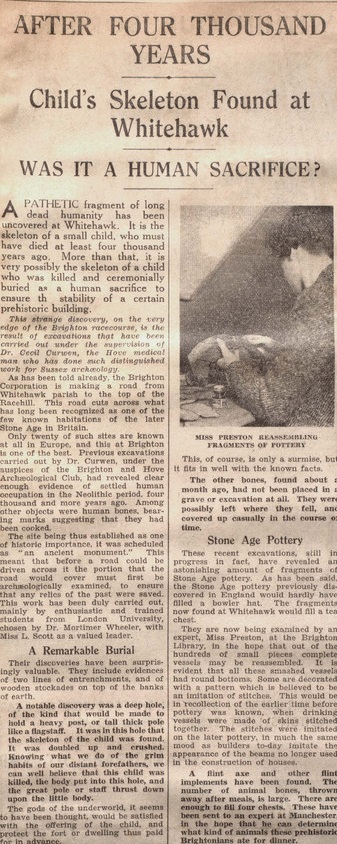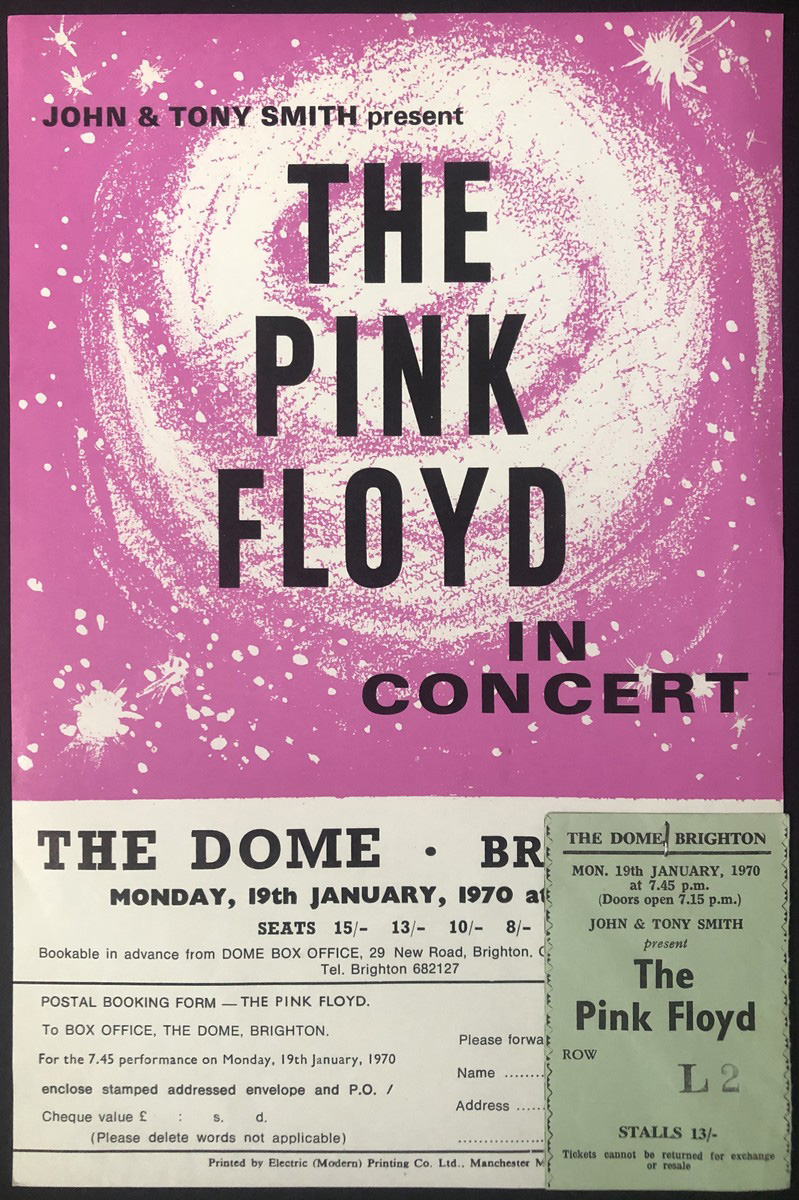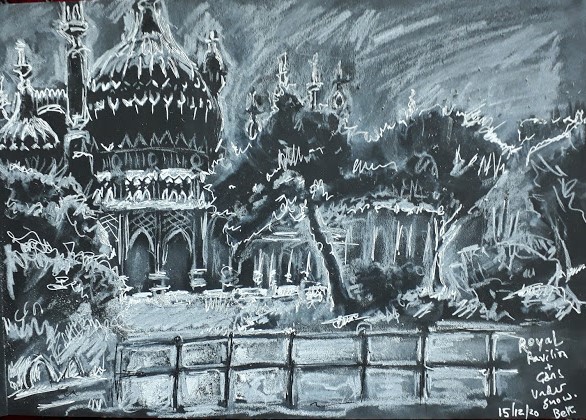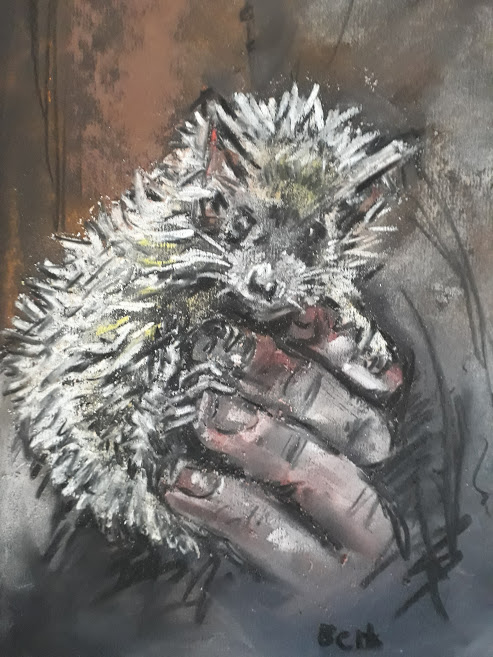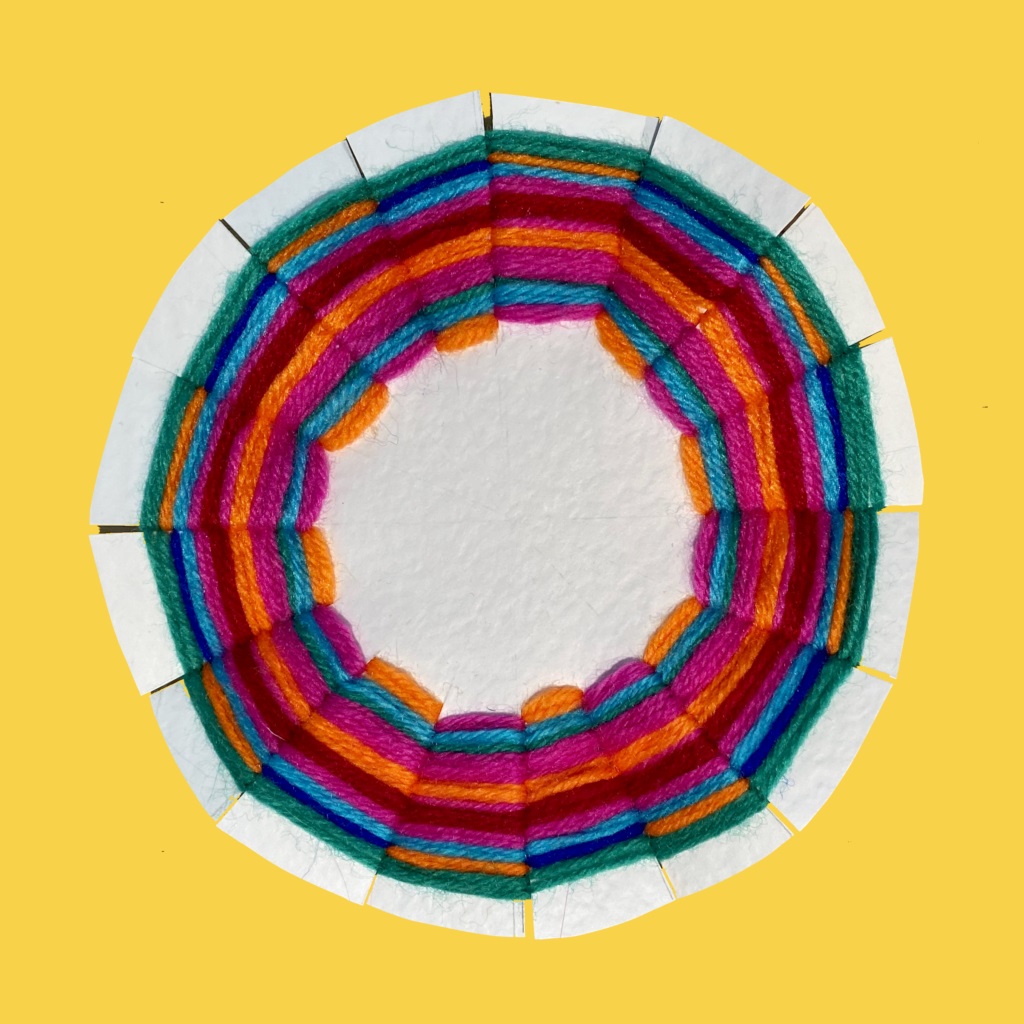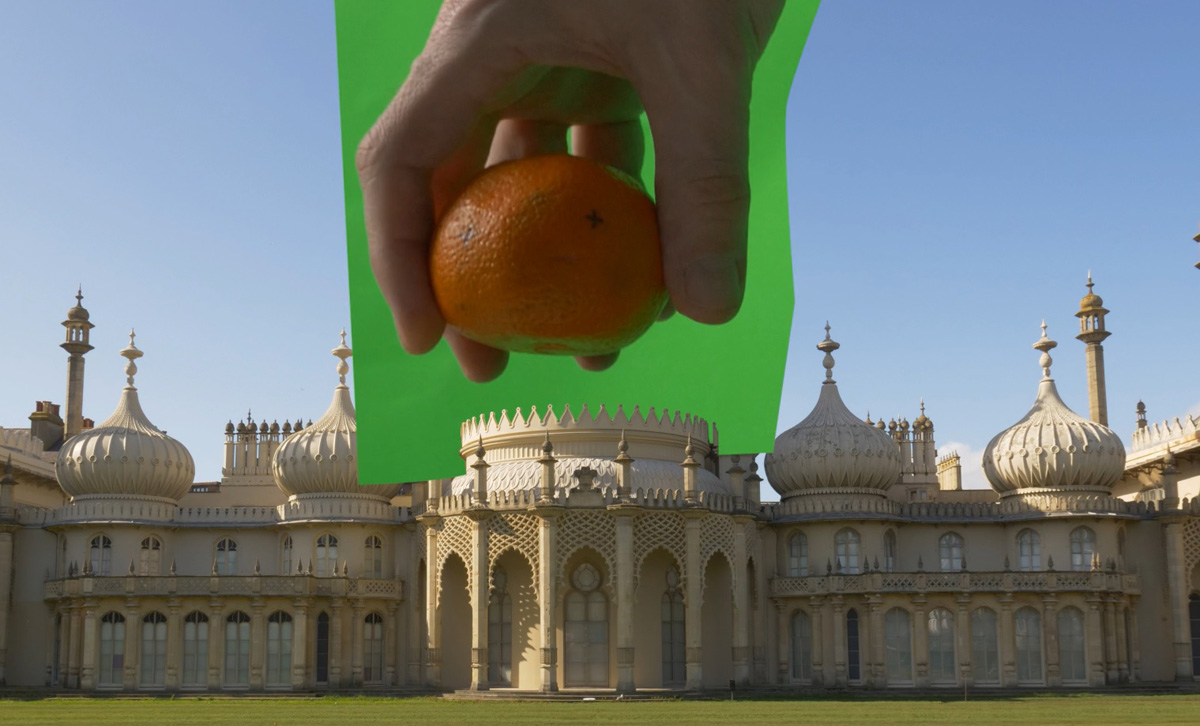
This is a legacy story from an earlier version of our website. It may contain some formatting issues and broken links.
Earlier this week, we launched a new online activity for half-term, encouraging young people to try animation at home.
If the style of the tutorial looks familiar, that may be because animator Dave Packer of the Remix the Museum team was also responsible for the video we produced last year introducing the Royal Pavilion & Museums Trust.
In this post and accompanying video, Dave explains how he managed to turn a story about museum governance into a fantasy world of spectacled cats.
Making the video
[arve url=”https://vimeo.com/505169302″ loop=”no” muted=”no” /]
It was a really interesting project, because it wasn’t a simple explainer video with the visuals all lined up in front of me. The subject matter was visually abstract – how do you represent the concept of a trust in a single visual? Instead I used the museum subject’s strengths – beautiful buildings and locations, along with fascinating artefacts and put my own visual interpretation on them.
Happily it also allowed me to use my favourite Brighton Museum artefact, Brummel the Cat. Specifically, my 3D scan of him, which I used as shorthand for “Brighton Museum”
Aside from the cat, the project also gave me a chance to use my favourite visual ideas:
- small and large objects mixed (the giant tags, hands, archival boxes etc.)
- changing objects that are essentially unchanging or unchangeable (notably the Royal Pavilion)
- bringing inanimate objects to life
- adding glasses to cats (see my previous cats in glasses GIFs)
Apologies for using literal signposts in the video to tell the audience the titles for some sections.
Dave Packer, Sheep Films
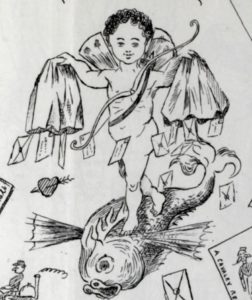
 St Valentine is depicted as the familiar naked cupid carrying a bow and arrows. He empties two sacks of letters upon the people of Brighton, with one envelope (in the style of great art) covering his modesty.
St Valentine is depicted as the familiar naked cupid carrying a bow and arrows. He empties two sacks of letters upon the people of Brighton, with one envelope (in the style of great art) covering his modesty.


